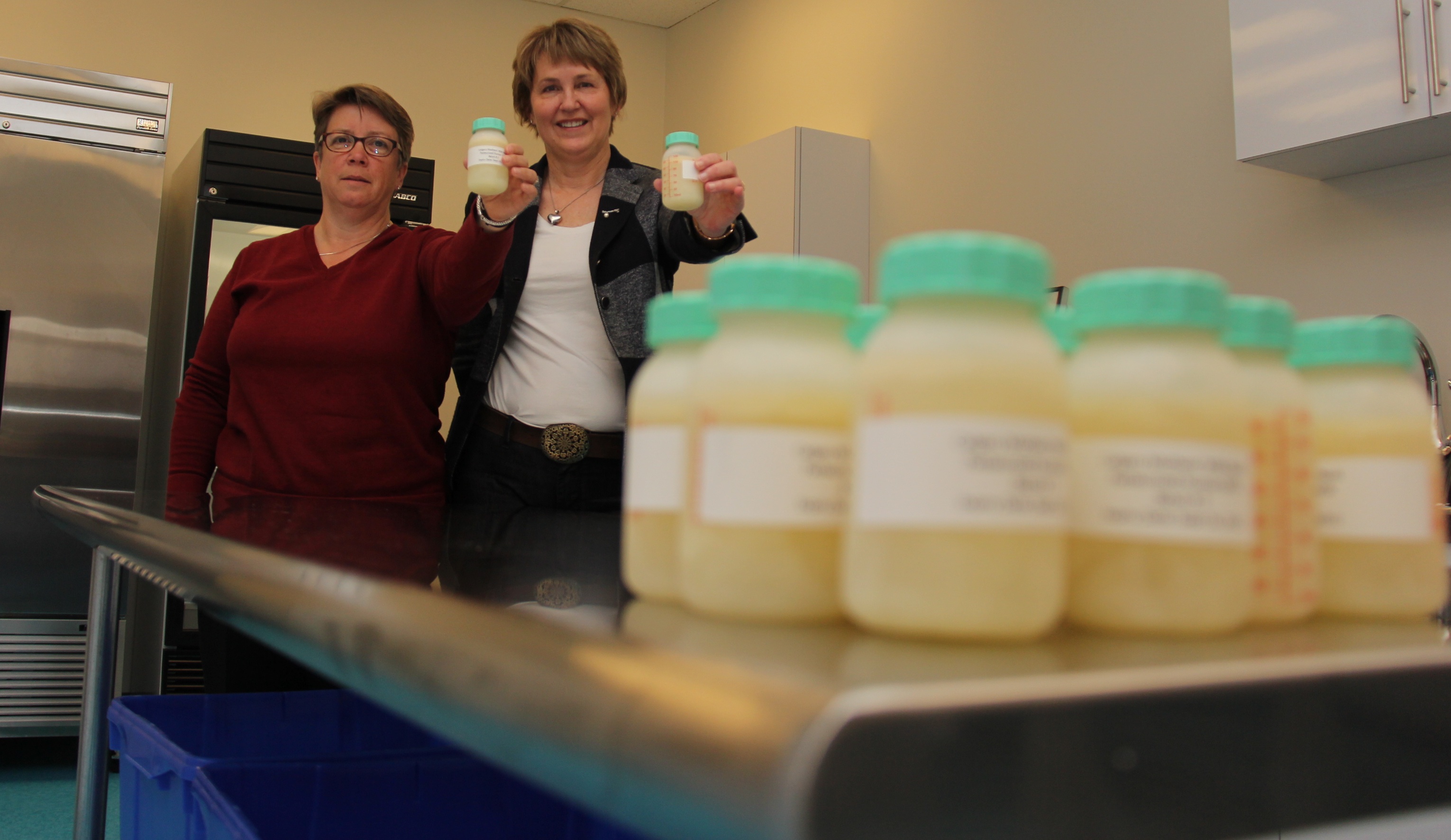
by All Things Neonatal | Dec 3, 2015 | ID, Neonatal
It is one of the first things that a medical student pledges to do; that is to do no harm. We are a fearful lot, wanting to do what is best for our patients while minimizing any pain and suffering along the way. This is an admirable goal and one which I would hope all practitioners would strive to excel at. There are times however when we can inadvertently cause more harm than good when we try to avoid what we perceive is the greater harm.
This is the case when it comes to collecting a sample of urine for culture as part of a full septic workup. If you ask most healthcare providers they will freely acknowledge that the gold standard for determining whether an infant has a UTI is a supra pubic aspirate (SPA). We so rarely do them these days however due to a whole host of reasons. Problems with collection include the timing and accuracy of needle placement both of which may often lead to an empty tap. Secondly after a number of missed attempts and a crying infant who appears to be in pain it is understandable why bedside nurses may become frustrated with the entire experience and urge the person performing such procedures to settle on a bladder catheterization (BC) to obtain the specimen.
The Study That Compares BC and SPA Head to Head

A recent Turkish study by Eliacik K et al published A Comparison of Bladder Catheterization and Suprapubic Aspiration Methods for Urine Sample Collection From Infants With a Suspected Urinary Tract Infection and should give us all cause for concern. The authors performed SPA on 83 infants under 12 months with a positive urine culture by BC but who had not yet started antibiotics. The outcome of interest was both the comparison with the culture result and to see if urinalysis from the BC could increase the strength of the information gleaned from a BC.
All in all the BC performed quite poorly when compared to the gold standard. The false positive rate compared to SPA was 71.1%! That is to say that only 28.9% of SPA samples were positive compared to BC. Similarly urinalysis sensitivity and specificity from BC were 66.7% (95% CI, 44.68% to 84.33%) and 93.22% (95% CI, 83.53% to 98.08%), respectively. This means that only 2/3 of the time was the urinalysis abnormal on a BC in the presence of a true UTI. Somewhat reassuring is that when there really was no UTI the urinalysis was mostly negative but in almost 1/10 patients it would not by itself rule out a UTI.
What Is The Harm in Continuing BC Instead of SPA?
When we try to avoid the perceived painful experience of a SPA we are going to wind up treating a large number of patients for a presumed UTI who don’t have one. The harm in this is the exposure of such infants to prolonged courses of antibiotics which has been a subject discussed many times over on this site. We put our patients at risk of antibiotic resistance and shifts in the gut microbiome which in the case of the preterm infant puts them at risk of necrotizing enterocolitis. There are many other concerns with prolonging antibiotics but these few should be reason enough to strive for accuracy in obtaining the right specimen in the right way. Putting it in a slightly different perspective, would you settle for an alternative test to a lumbar puncture which claimed to miss 1 in 10 cases and also found meningitis where there was none 71.1% of the time?!
A Way Forward – A Recipe For Success
As the saying goes, measure twice and cut once. With the use of bedside ultrasound there should be no need to guess as to whether the bladder is full or not. Secondly the placement of the needle should no longer need to rely on landmarking but actually seeing where the best place for needle placement is. Assessing the bladder by ultrasound is easy and is already employed at the bedside by nurses in many areas of the hospital. There should no longer be a reason for the empty tap as the practitioner can be called when the baby is ready as evidenced by a good amount of urine in the bladder.
Given that we have some time to do the blood culture and LP, while we wait for the SPA to be done either sucrose in the premature infant or IV analgesic may be given for the SPA while in the term or older infant there is an opportunity to put a topical analgesic cream over the site. There really is little need for pain to factor into this any longer.
Ask any health care provider and they will tell you they want to do the best they can for their patient. This study shows us that performing a BC is failing to meet that goal. We need to change our ways and return to the practice of the SPA but this time we have to get it right.

by All Things Neonatal | Dec 2, 2015 | Breastmilk, donor milk, preemie, Uncategorized
What follows is a news release from today that begins a new chapter in supporting preemies here in Manitoba. There are far too many people to thank who made this possible but to all I say THANK YOU!
New Breast Milk Drop Site at the Birth Centre Benefits Premature and Sick Infants
DECEMBER 2, 2015 (WINNIPEG, MB) – The Winnipeg Regional Health Authority (WRHA) announced today a milk drop site is being established at the Birth Centre (603 St. Mary’s Road) in Winnipeg. Minister Blady announced the collaboration between Women’s Health Clinic and the NorthernStar Mother’s Milk Bank.
Registered donations of breast milk will be accepted by the Birth Centre in Winnipeg and transported for pasteurization at NorthernStar’s lab in Calgary. The pasteurized human milk from donors will be used to help premature and sick babies in neonatal intensive care units in hospitals, and in the community, across Canada.
“There can be a number of reasons why a mother may not be able to provide breast milk for her baby,” said Health Minister Sharon Blady. “This new Milk Drop site will help families ensure premature and sick babies get the best possible start in life by providing pasteurized donor human milk an infant needs to not only survive, but thrive.”
The minister noted that establishing a human milk drop supports recommendations made in the Manitoba Breastfeeding Strategy, released in 2013.
The WRHA purchased a freezer for the milk drop with funds provided by the Winnipeg-based Siobhan Richardson Foundation. The Birth Centre will house the freezer and ensure the safe handling and storage of donated human milk before it is shipped to Calgary for processing.
“My thanks and appreciation goes out to the Siobhan Richardson Foundation for supporting new moms as well as our tiniest patients,” said Dana Erickson, Chief Operating Officer, Health Sciences Centre and WRHA executive responsible for child health and women’s health. “This milk drop initiative in Manitoba is a reality because of their vision and generosity along with the commitment and hard work of our excellent health care team.”
Studies have shown premature infants who receive the nutrients of pasteurized human milk from donors, when their mother’s own milk is not available, have fewer long-term health needs. The use of pasteurized donor human milk instead of formula can reduce the risk of serious health complications in pre-term infants. Having a dedicated milk supply for these babies can save lives.
“Several health outcomes for preterm infants are improved when pasteurized donor human milk, rather than formula, is used in these high risk infants,” said Dr. Michael Narvey, section head of neonatology for the Winnipeg Regional Health Authority. “Pasteurized donor human milk has been proven to reduce the chances of an infant developing a serious condition of the bowel which can lead to lifelong and serious health consequences. Babies weighing less than 1500 grams are significantly less likely to develop this serious condition when they are given pasteurized human milk from donors as opposed to formula.”
Starting January 4, 2016, the Birth Centre will accept breast milk from donors approved by NorthernStar Mothers Milk Bank (formerly the Calgary Mothers Milk Bank). Women must first contact the NorthernStar Mothers Milk Bank to be screened prior to dropping off their donation at the Birth Centre. Women will then need to have further screening including blood tests by their primary care provider to confirm if they qualify as a donor. These donations will be sent to the milk bank’s lab in Calgary where the donor milk is tested, pasteurized, and then prioritized for premature and sick infants.
“We are excited to see Manitoba’s first Milk Drop opening in Winnipeg,” said Janette Festival, Executive Director, NorthernStar Mothers Milk Bank. “This Milk Drop is a testament to cooperation of multiple groups who believe in the medical power of donor human milk for babies in need. We hope this new ‘drop’ will encourage women in the Winnipeg area to consider becoming a milk donor.”
Women’s Health Clinic operates the Birth Centre facility and community programming, and will be collecting the donations and shipping them to the milk bank for testing and pasteurizing.
“Women and families come to the Birth Centre every day for a range of maternal health and wellness services, making it an ideal location for the new Milk Drop site,” said Joan Dawkins, Executive Director of Women’s Health Clinic. “Women who are interested in donating can get the process underway now by contacting NorthernStar Mothers Milk Bank.”
To donate, mothers can contact the milk bank at 1-403-475-6455 or visit NorthernStarmilkbank.ca.
For more information contact:
Melissa Hoft
Winnipeg Regional Health Authority
P: (204) 926-7180 C: (204) 299-0152 E: [email protected]
Amy Tuckett
Women’s Health Clinic (Birth Centre)
P: (204) 947-2422 ext. 147 C: (204) 996-6289 E: [email protected]
Janette Festival
NorthernStar Mothers Milk Bank
P: (403) 475-6455 E: [email protected]



